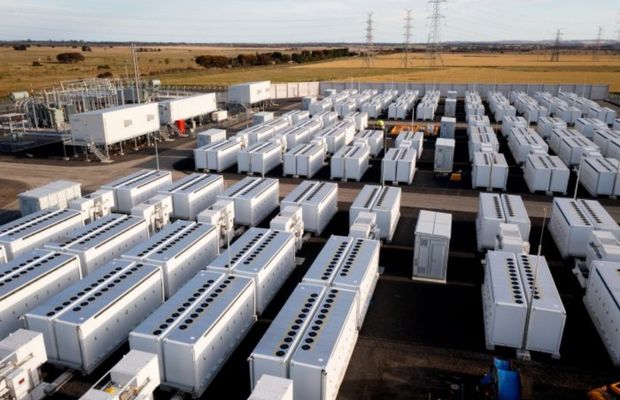The integration of battery energy storage into the power grid has a profound impact on its stability and efficiency. As the demand for renewable energy sources like solar and wind power increases, the role of battery energy storage becomes even more critical due to the intermittent nature of these renewable sources. Let’s explore how battery energy storage impacts power grid stability and efficiency:

Impact on Grid Stability
- Peak Load Management: Battery energy storage can store energy during periods of low demand and release it during peak demand. This ‘peak shaving’ helps in managing load variations, reducing the need for additional peaker plants which are often less efficient and more polluting.
- Frequency Regulation: Battery energy storage can quickly respond to changes in grid frequency, either by absorbing excess energy or releasing stored energy, thus helping maintain the balance between supply and demand, and stabilizing grid frequency.
- Voltage Control: By providing or absorbing reactive power, battery systems can help maintain appropriate voltage levels on the grid, ensuring a stable power supply.
- Renewable Integration: Battery energy storage can store surplus energy from renewable sources when production exceeds demand and release it when there is a shortfall, thereby smoothing out the variability of renewables.
- Reduced Congestion on Transmission Lines: By locally storing and discharging energy, battery energy storage can reduce the load on transmission lines, lowering the risk of congestion and potential failures.
Impact on Grid Efficiency
- Energy Arbitrage: Battery energy storage enables energy arbitrage – storing energy when prices are low and selling it back to the grid when prices are high, promoting economic efficiency.
- Reduced Transmission Losses: By storing energy closer to where it is used, transmission losses associated with moving electricity over long distances can be significantly reduced.
- Optimized Asset Utilization: Batteries can reduce the need for building new power generation facilities by more effectively utilizing existing resources, leading to a more efficient allocation of capital and resources.
- Demand Response Programs: Battery energy storage enhances the effectiveness of demand response programs by providing additional flexibility and responsiveness in managing the grid’s load.
- Reduced Reliance on Fossil Fuel-based Peaker Plants: By providing energy during peak times, Battery energy storage can reduce the grid’s reliance on fossil fuel-based peaker plants, which are typically less efficient and more polluting.
Challenges and Considerations
While battery energy storage offers numerous benefits for grid stability and efficiency, there are challenges:
- Cost and Economic Viability: The initial investment cost and the economics of operating battery energy storage is a significant factor, though costs have been decreasing.
- Battery Lifespan and Performance: The efficiency and lifespan of batteries, affected by the number of charge-discharge cycles and environmental factors, impact long-term effectiveness.
- Environmental and Safety Concerns: The production, operation, and disposal of batteries carry environmental and safety concerns that must be addressed.
- Regulatory and Market Structures: Adapting regulatory frameworks and market structures to fully leverage the benefits of battery energy storage is crucial but can be complex.
Conclusion
Battery energy storage plays a critical role in enhancing both the stability and efficiency of the power grid, especially as we transition to more renewable energy sources. While there are challenges, the technological advancements and decreasing costs of batteries are making them an increasingly viable and essential component of modern electrical grids. As battery technology continues to evolve, their impact on grid operations is expected to grow, leading to a more resilient, efficient, and sustainable power infrastructure.
